4 Best Types Of Full Shade Grass That Thrive In Even The Darkest Corners – Plus, Tips For A Stunning Shady Lawn
It's possible to grow a stunning lawn even in the darkest corners of your yard. Just choose one of these full shade grass species and follow a few simple tips.
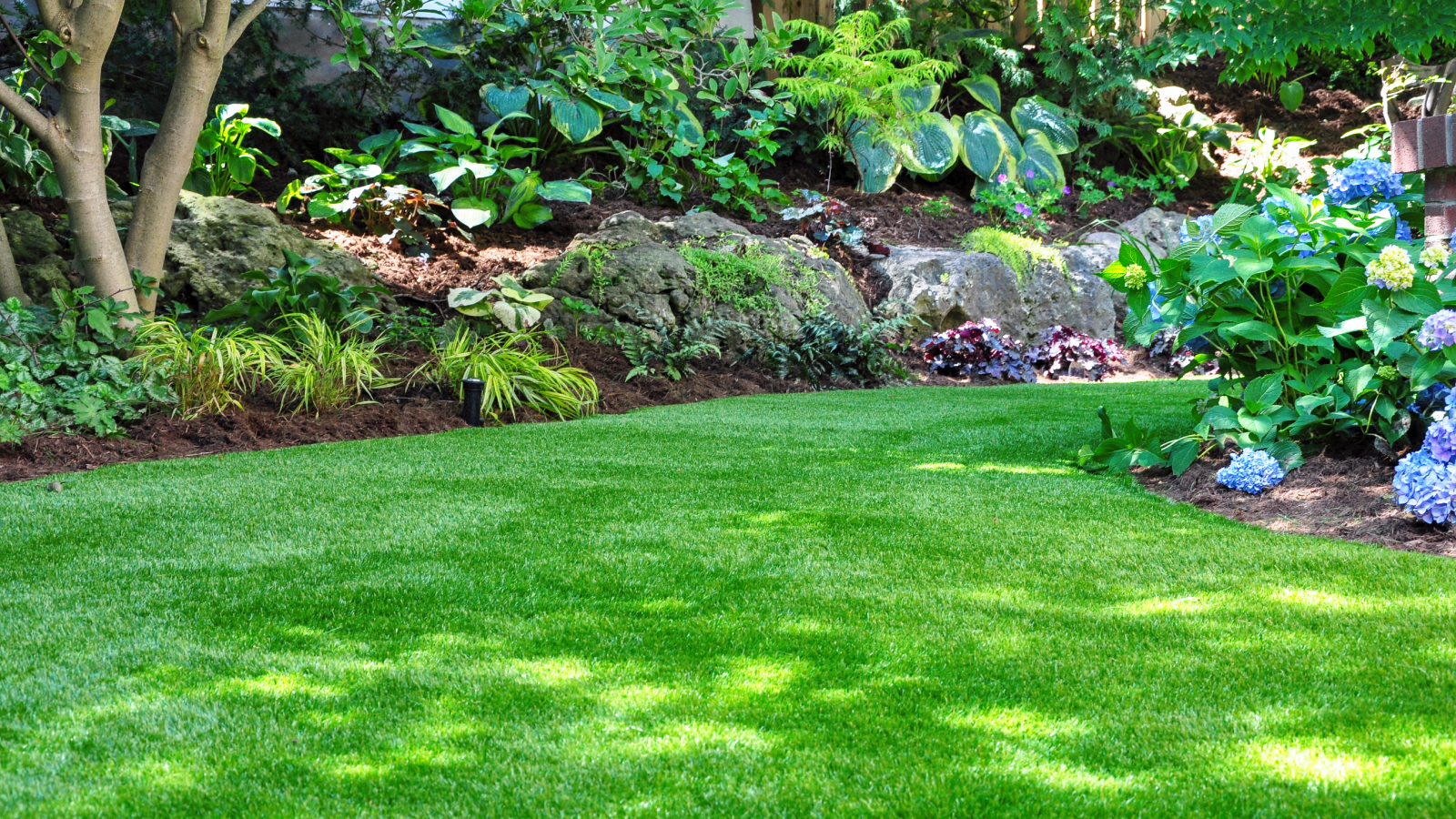
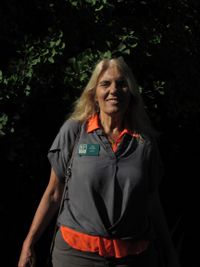
A lush green lawn is a part of the American dream, but what if your landscape doesn’t get any direct sun at all? You can still have a beautiful lawn if you choose the right full shade grass varieties that will grow in your sun-starved yard.
Most turf grass species demand direct sunlight, often requiring up to eight hours a day, but certain species tolerate shade well. The best grass for shade depends not only on the plant but also on the level of shade found in your landscape. Does your yard get direct sun in the morning, in the afternoon, or none at all?
Generally, the less sun your lawn gets, the fewer grass species will work for you. And when it comes to the best full shade grass seed, you can count the options on one hand. Keep in mind that “full shade” in this context doesn’t mean pitch dark. Full shade areas get less than four hours of sun per day or only get indirect sunlight.
All grass requires some amount of sun to grow, but there are four types that can grow even in full shade. Let’s take a look at the best grass for full shade, some tips to help your shady lawn thrive, and grass alternatives for extremely dark gardens.
Best Grass for Full Shade
Is part of your landscape a full shade area? You can enjoy a healthy lawn if you choose one of the grass options on our shortlist. Gardeners in northern regions will do best with cool season grasses, while warm season grasses work well for those in the South.
1. Fine fescue

Cool season grass, USDA hardiness zones 3-8
Fescue is a good choice for shady areas, especially fine fescue, a category of fescues with narrow leaves. Red fescue and chewings fescue are the top fine picks for shade tolerance.
Sign up for the Gardening Know How newsletter today and receive a free copy of our e-book "How to Grow Delicious Tomatoes".
Red fescue grows from rhizomes, while chewings grows in bunches. All fine fescues grow slowly and stay green in shade. They only need four hours of indirect sun a day to thrive. This Pennington fescue seed mix made specifically for dense shade areas is available from Home Depot. It only needs two to six hours of sun per day to thrive.
2. Tall fescue
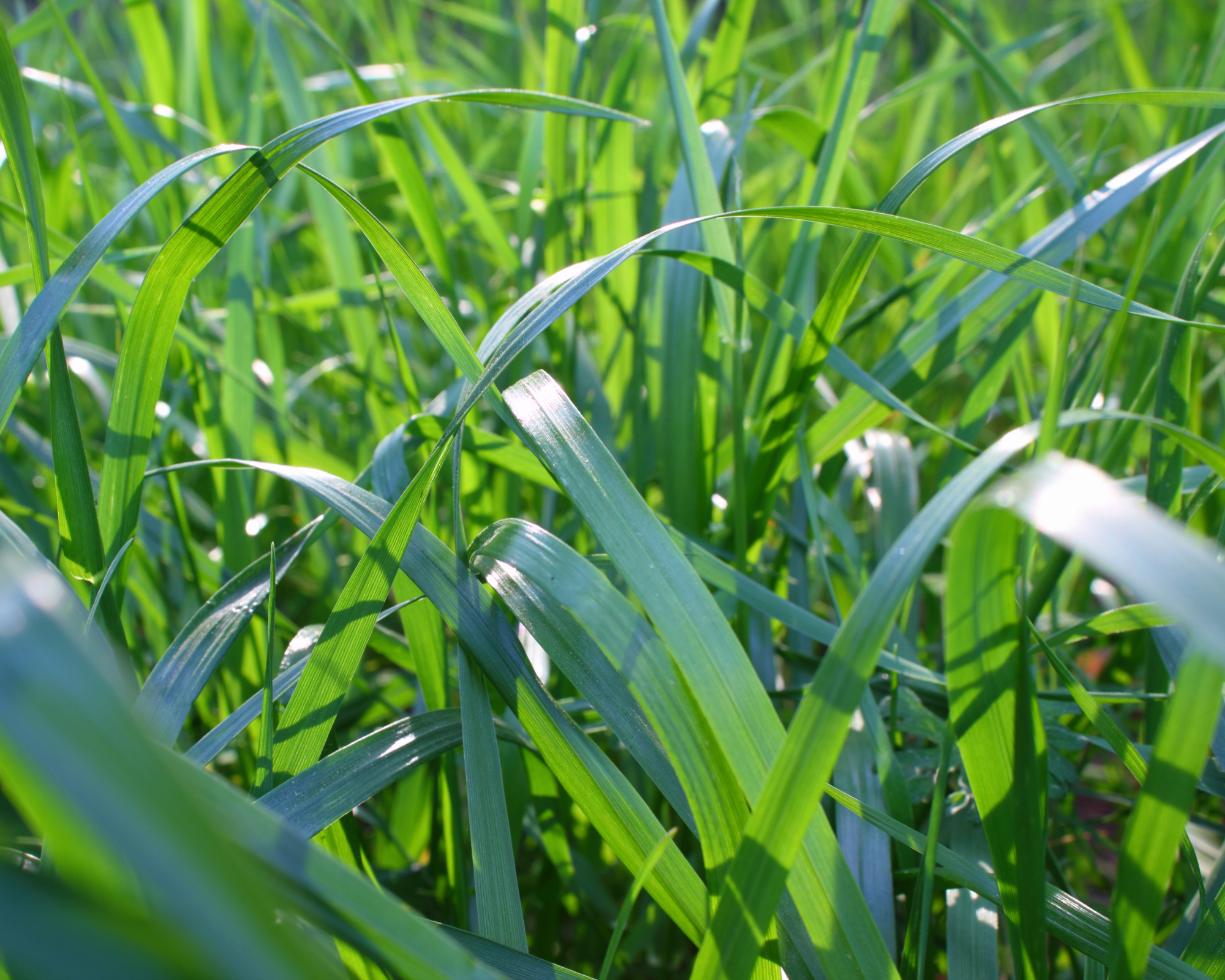
Cool season grass, USDA hardiness zones 3-9
Fine fescues are the top choice for full shade grass, but tall fescue comes in as a close second. Tall fescue seeds easily and germinates quickly. It rapidly develops a deep root system which adds to its heat and drought tolerance. Tall fescue is a bunch-type grass, growing in clumps and making it easier to keep it in place.
This tall fescue seed blend from Home Depot only needs four to six hours of sun per day and it starts growing in only one to two weeks after planting.
3. Rough bluegrass
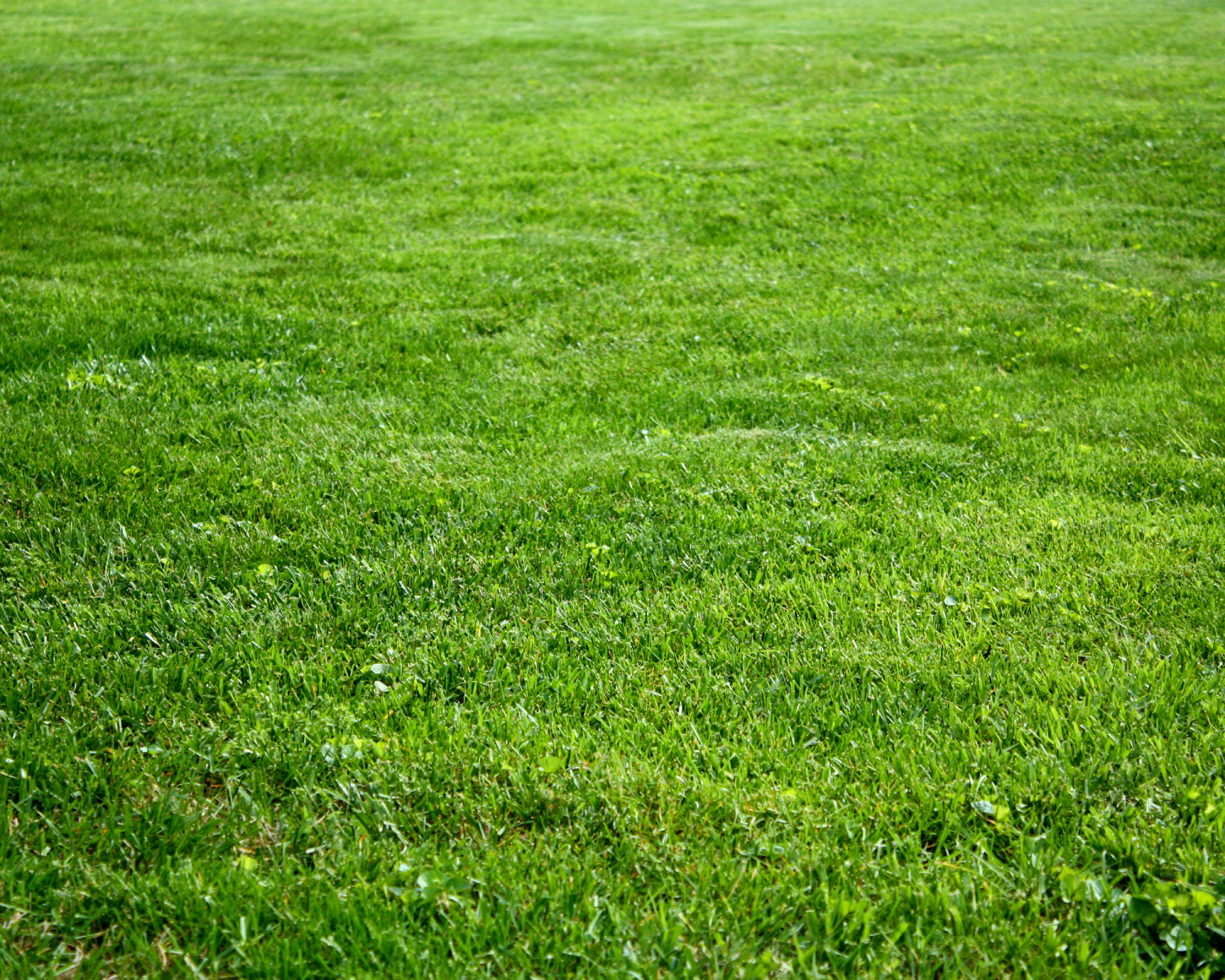
Cool season grass, USDA hardiness zones 3-9
Rough bluegrass grows well in damp, shady areas. It is a lighter shade of green than most other lawn grasses. Spreading by stolons, it can be invasive and is considered a weed by some gardeners, but it performs like a champ in full shade.
This shade grass seed mix from Amazon includes rough bluegrass and other full shade-tolerant varieties for an affordable price.
4. St. Augustine grass
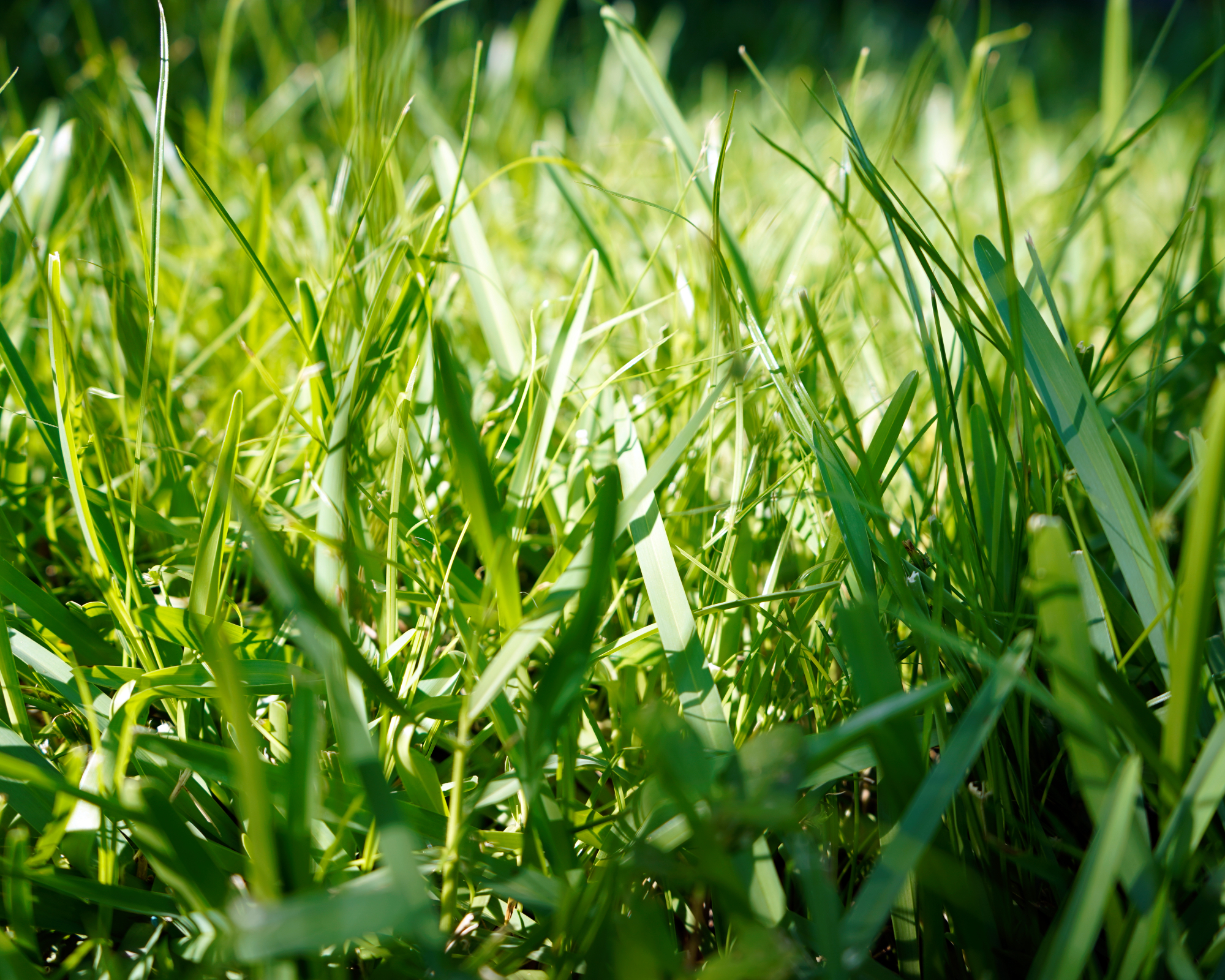
Warm season grass, USDA hardiness zones 8-10
In regions with hot summers and mild winters, warm season grass is the preference. It’s grass that stays green in the heat of summer and waits until temperatures drop to go dormant.
What warm season variety is also a full shade grass? The top choice is St. Augustine grass. It will survive without any direct sun at all if it gets four to eight hours of indirect sun. Pick a variety reputed for shade tolerance like ‘Sapphire,’ ‘Seville,’ or 'Palmetto,' which you can buy as plugs from Home Depot for quicker establishment.
Tips for Growing Grass in Full Shade
There are a few basic tips to follow to help turf thrive in dark spots, even if you do choose one of these full shade grasses:
- Mow your lawn less in shady areas. Leave the grass blades taller so that the grass blades can absorb as much of the indirect sunlight as possible.
- Restrict water for full shade grass. The best time to water your lawn is in the morning. Grass in shady areas stays moist since there’s less sun to evaporate the water.
- When you fertilize your lawn, give shade-grown grass less nitrogen, but add extra potassium to support disease immunity. You can find lawn fertilizers specifically designed for dense shade at Home Depot.

Grass Alternatives for Shady Areas
If your yard gets no sun at all or if none of these turf grasses for full shade appeal to you, consider other types of shade ground covers that grow happily without much sun. Consider these lush lawn alternatives:
- Moss: If you want a soft, dense ground cover that loves shade and doesn’t require much maintenance, a moss lawn might be your ticket. You’ll never need to mow. Find Irish moss seeds on Amazon to cover your yard for cheap.
- Clover: Here’s another low-maintenance and drought-tolerant alternative to grass for those full shade areas of the yard. A white clover lawn doesn’t need mowing or fertilizer and its deep roots help prevent erosion. Choose either white clover or red clover. Explore different types of clover seeds on Amazon.
- Pachysandra: This is a dense ground cover that loves shade. Pachysandra is both loved and hated by gardeners. It is easy to cultivate and provides a year-round mat of leathery dark green leaves that keep down weeds. But this plant can become invasive and, once installed, it’s very difficult to get rid of. Find live pachysandra plants on Amazon.
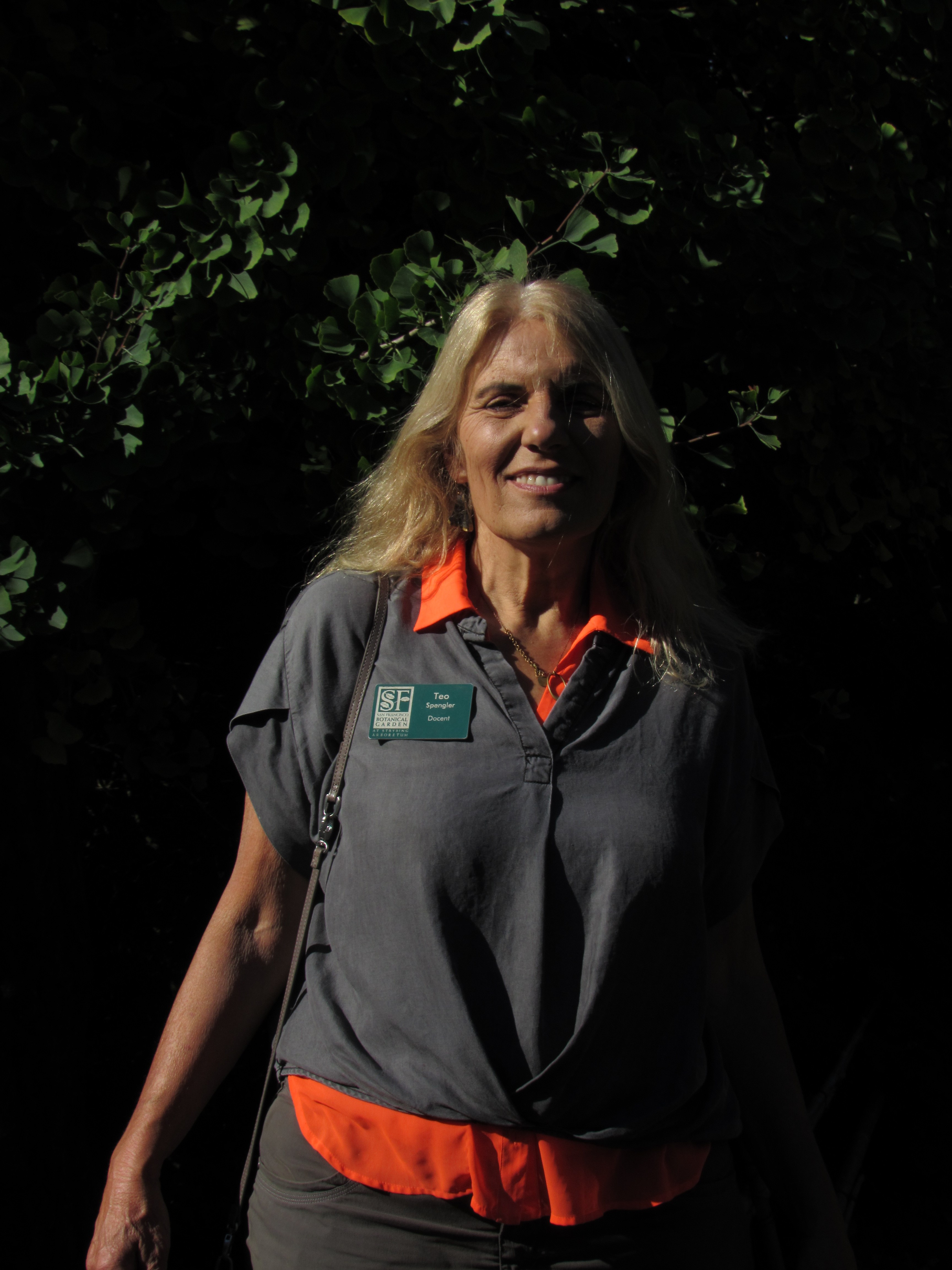
Teo Spengler is a master gardener and a docent at the San Francisco Botanical Garden, where she hosts public tours. She has studied horticulture and written about nature, trees, plants, and gardening for more than two decades, following a career as an attorney and legal writer. Her extended family includes some 30 houseplants and hundreds of outdoor plants, including 250 trees, which are her main passion. Spengler currently splits her life between San Francisco and the French Basque Country, though she was raised in Alaska, giving her experience of gardening in a range of climates.